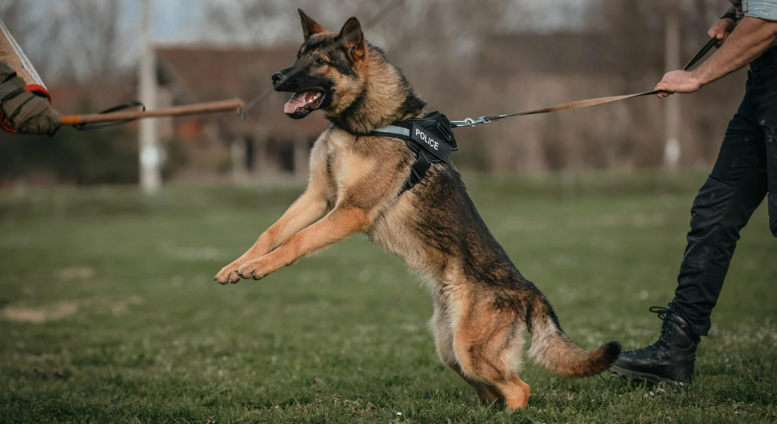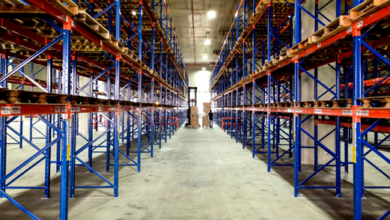Importance of K9 Handler Training: Building a Strong Partnership with Your Dog

A trained police dog can be a powerful asset, but without an equally prepared handler, the dog’s capabilities are limited. The relationship between dog and handler is at the core of any successful K9 unit. This is why police K-9 training programs are structured not only to develop canine skills but also to educate and equip handlers with the tools needed for communication, control, and decision-making in high-pressure situations.
Understanding the Handler’s Role in K9 Units
K9 handlers are far more than dog owners. They are field operatives who must read, guide, and command their dog in unpredictable, high-stakes scenarios. The dog may be trained to detect narcotics, pursue suspects, or search buildings, but it’s the handler who sets the tone, initiates action, and reinforces discipline.
Training programs place significant emphasis on the human side of the team. Handlers must develop strong verbal and non-verbal communication skills, learn to manage canine behavior under stress, and understand how to maintain control in complex environments.
Foundational Knowledge Shapes Long-Term Success
The basics matter. Before learning tactical deployment or scent detection, handlers are introduced to canine behavior theory, obedience techniques, and how dogs process information through scent and movement. This knowledge provides the baseline for deeper, scenario-based exercises.
One of the key concepts covered early in Police Dog Training 101 is the balance between discipline and trust. Handlers learn that consistent tone, timing, and body language have a direct impact on canine performance. The course also outlines how early mistakes, like giving unclear commands or failing to reward properly, can lead to long-term training setbacks.
Advanced Application and Field Readiness
As training progresses, handlers begin working through realistic field scenarios. This may include simulated apprehensions, building searches, or tracking exercises under pressure. These simulations help bridge the gap between theoretical training and real-world deployment.
More advanced sections also introduce multi-task coordination. For example, handlers may be required to give verbal commands while communicating via radio or navigating difficult terrain, all while maintaining control over the dog. This type of training ensures both the handler and the dog remain aligned and effective in dynamic environments.
Further insights into professional development are explored in the overview on how to become a police K9 trainer, which details the additional responsibilities and expertise required beyond basic handler training. This path involves understanding not only how to work with dogs but also how to instruct new handlers, assess team dynamics, and ensure ethical standards are upheld.
Emotional Awareness and Communication
Strong handler-dog partnerships also depend on emotional intelligence. Handlers must stay composed under pressure and recognize when their dog is becoming overwhelmed or confused. This ability to adjust tone and behavior helps maintain trust and performance, particularly in high-risk or public-facing operations.
Emotional regulation also helps prevent escalation. A handler who can de-escalate situations by reading body language, both human and canine, is less likely to encounter use-of-force complications. This balance of control and empathy is at the core of effective K9 leadership.
Conclusion
K9 handler training is not simply about managing a dog; it’s about building a reliable, responsive team capable of operating in the most demanding situations. With structured education, real-world simulations, and a focus on both communication and emotional intelligence, handlers learn to maximize their dog’s performance while reinforcing safety and trust. A strong partnership is the foundation of every successful K9 unit, and it starts with the training that shapes both ends of the leash.







